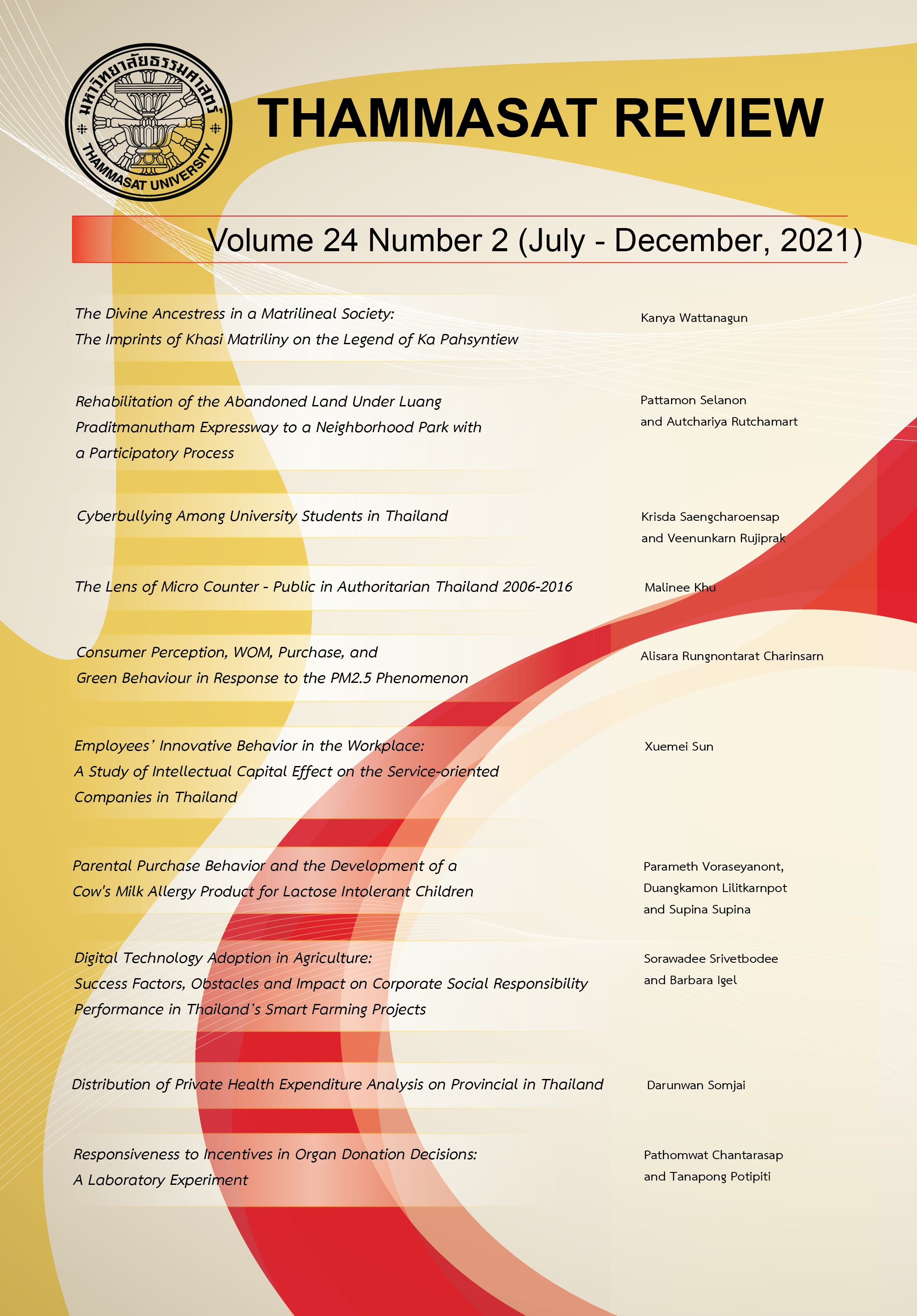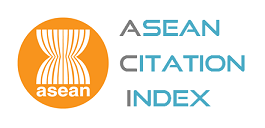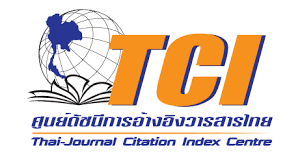Cyberbullying Among University Students in Thailand
Keywords:
Cyberbullying, University students, ThailandAbstract
This study aims to examine behaviors and factors of cyberbullying among undergraduate students in Thailand; and to find approaches which high education institutes in Thailand could employ to prevent and tackle the problem of cyberbullying. It adopted a mixed method approach. The qualitative part of the study was done through 18 semi-structured interviews; and the information deriving from this part was used to develop a questionnaire for the quantitative part of the study. The quantitative data was collected through questionnaire, of which the sample group was undergraduate students in Thailand. There were 1,928 respondents, comprising of 598 male students and 1,312 female students. According to the findings, individuals who were victims of cyberbullying have a high tendency to use cyberbullying as a method of retaliation. Likewise, the individuals who have friends who often cyberbully others are highly likely to be cyberbullies themselves. In addition, it was found that low self-esteem and a low level of empathy play a crucial role in cyberbullying. Additionally, online anonymity can be a crucial factor of cyberbullying. It is recommended that high education institutes should adopt a policy to educate students about cyberbullying and how to manage their anger. Furthermore, they should have appropriate measures to receive complaints concerning cyberbullying, and to soothe the feelings of the victims. There should be a counceling service in place for the students. Additionally, there should be mechanisms to encourage the improvement of self-esteem and increase empathy among university students.
Downloads
Published
How to Cite
Issue
Section
License
The opinions and ideas expressed in all submissions published in Thammasat Review are solely that of the author(s) and do not necessarily reflect that of the editors or the editorial board.
The copyright of all articles including all written content and illustrations belong to Thammasat Review. Any individuals or organisation wishing to publish, reproduce and distribute a particular manuscript must seek permission from the journal first.






